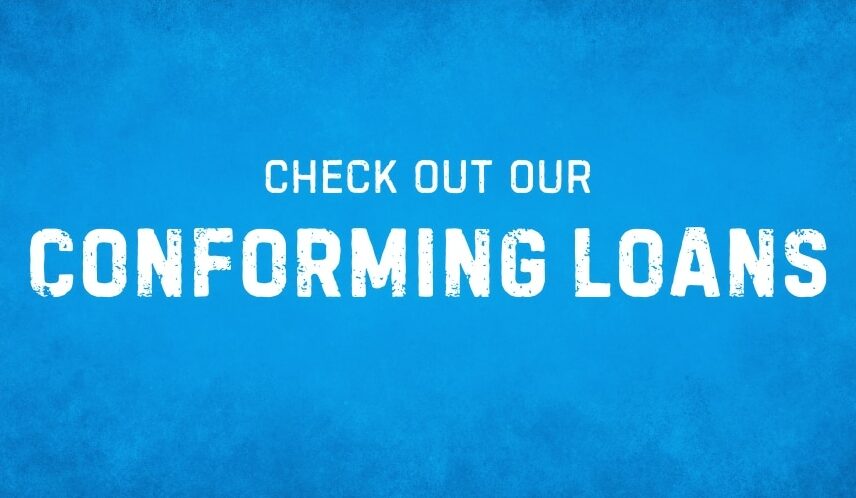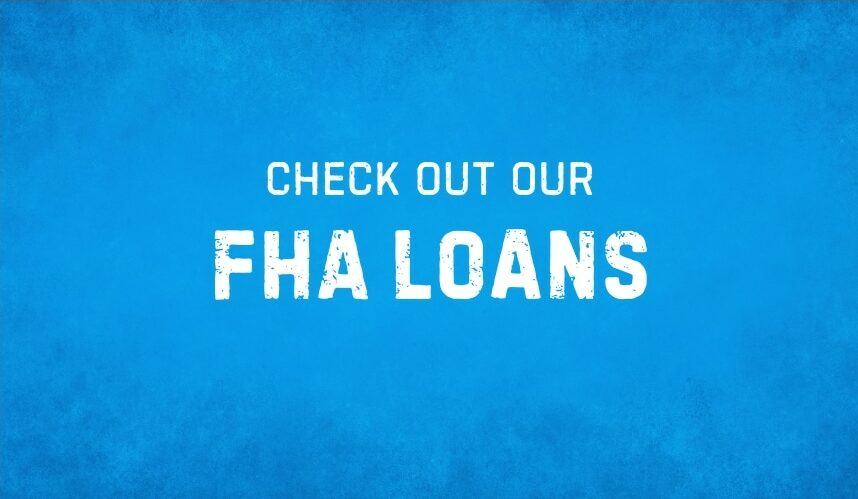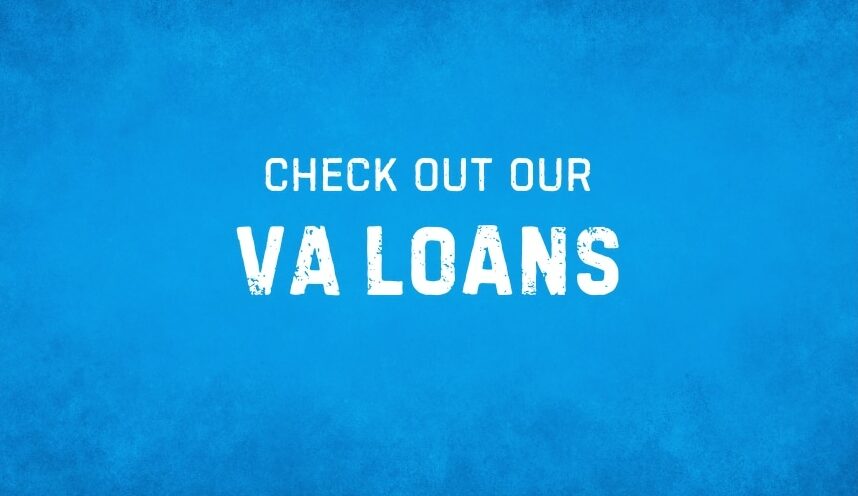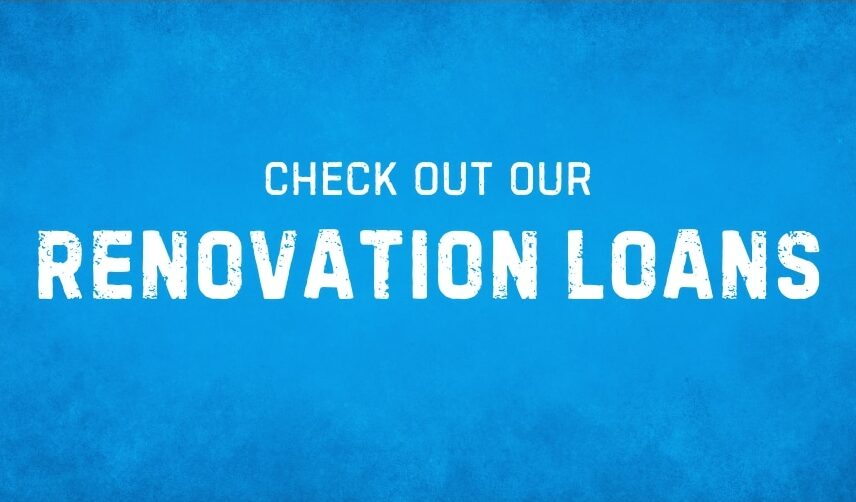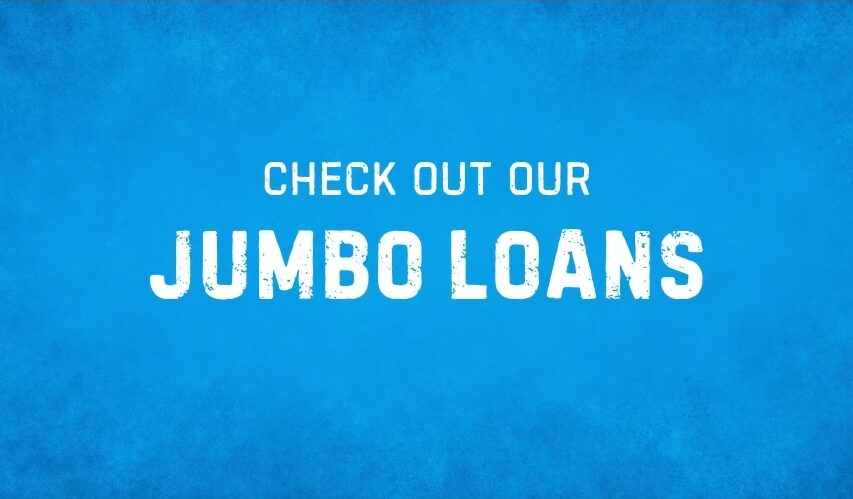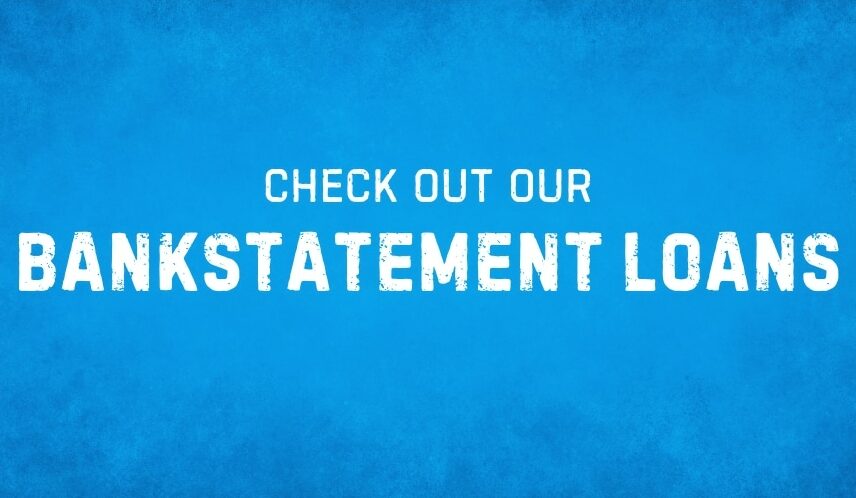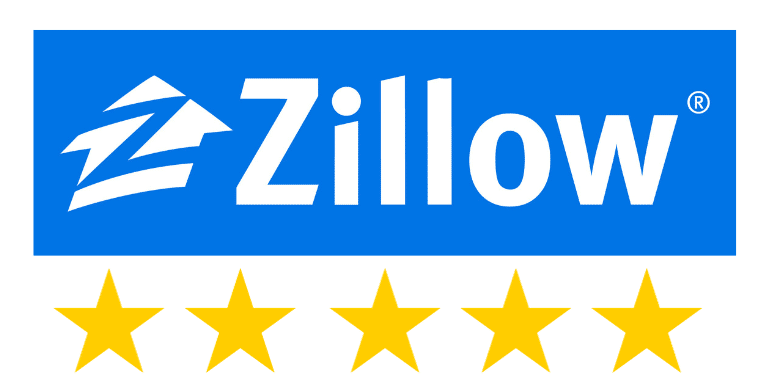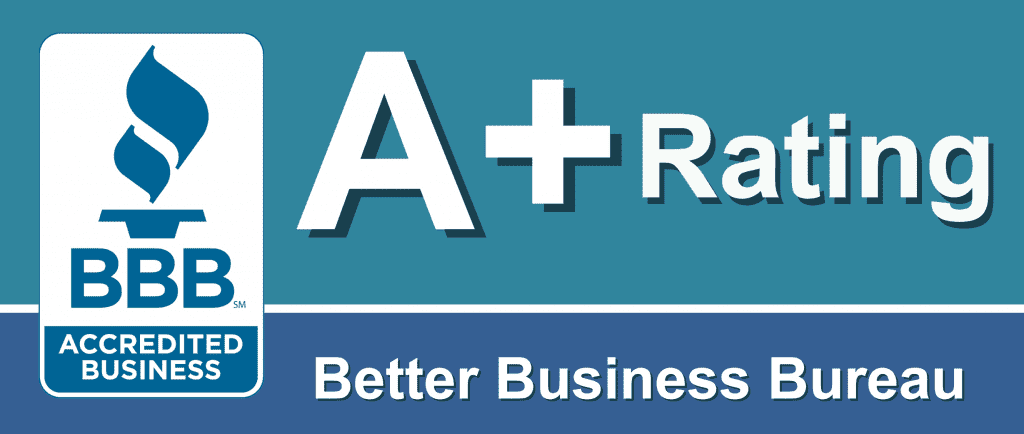
Temporary Buydown Mortgage
A temporary buydown mortgage is a home loan program that allows for a short-term interest rate reduction for a specified period. The short-term reduction comes with a cost paid by the homebuyer or the property seller to the lender.
Quick Snapshot
- A Temporary buydown mortgage allows for a lower mortgage payment during the first, second, and/or third year of your home loan.
- There are many options, the most popular being 3-2-1 and the 2-1 buydown.
- The temporary buydown mortgage comes with an increased cost to either the homebuyer or the seller.
How does a temporary buydown mortgage work?
Examples of a temporary buydown mortgage are a 2-1 temporary buydown and a 3-2-1 temporary buydown. For a 2-1 buydown, the mortgage interest rate is lowered from the original note rate by 2% in the first year, 1% in the second year, and in the third year, it reverts to the original note rate for the remainder.
For the 3-2-1 buydown option, the interest rate is lowered from the original note rate by 3% in the first year, 2% in the second year, and 1% in the third year. After that, it reverts to the original note rate for the remainder of the loan term.1
Simply put, with a temporary buydown mortgage, you are “pre-paying” the mortgage interest owed for a number of years upfront. It’s important to know that this program’s pre-payment of mortgage interest is not discount points. When a mortgage lender charges discount points, that’s a permanent interest rate buydown (more on this below).
What Loan Programs Allow For A Temporary Buydown?
Most home loan lenders offer a temporary buydown option on 30-year fixed conforming home loans and FHA home loans. Home loan lenders do not typically offer a temporary buydown program for 20-year or 15-year fixed-rate mortgage programs. Fannie Mae’s home loans (i.e., conforming home loans) are the most popular among homebuyers.
There are some conventional loans (that are non-conforming) that also offer the program; however, their availability is limited.
How much does a temporary buydown cost?
The temporary buydown cost varies from lender to lender and is impacted by the temporary buydown program. A 2-1 temporary buydown will have a lower cost structure than a 3-2-1 temporary buydown.
The temporary buydown costs can be high, in most cases, thousands of dollars, so it’s essential to request a clear breakdown of what you (or the seller) are paying to lower the interest rate.
For example, if a home loan lender offers a 3-2-1 temporary buydown at a cost of three points on a $400,000 loan, then the temporary buydown cost is $12,000 (paid by the homebuyer or the seller). It’s essential to remember that you are simply pre-paying the interest, which differs from an actual cost of service (i.e., the cost of an appraisal or home inspection).
If I Refinance, Will The Lender Refund The Cost?
No, they won’t. This is why you want to ensure a temporary buydown mortgage is right for you. The last thing you want to do is spend thousands of dollars on one without seeing its full benefit.
Is The Cost Tax Deductible?
Points paid to reduce the amount of interest you pay are generally considered a tax deduction.2
However, since tax laws constantly change, I suggest you contact your CPA or tax professional to obtain the most current answer. Technically, you are pre-paying the interest when you do a temporary buydown, and mortgage interest is usually tax-deductible, so for many homeowners, there might be a tax benefit.
Temporary buydown chart
Here is a temporary buydown chart showing how a 3-2-1 buydown works for a 30-year fixed-rate home loan. The example is based on an original note rate of 7.00% and a loan amount of $400,000.
| Interest Rate | Year | Payment |
|---|---|---|
| 4.00% | First-year | $1909.66 |
| 5.00% | Second-year | $2,147.29 |
| 6.00% | Third-year | $2,398.20 |
| 7.00% | Fourth-year | $2,661.21 |
Temporary buydown mortgage requirements
The requirements for a temporary buydown mortgage are similar to a regular home loan. The rate used to qualify you is based on the original note rate, not the buydown rate. These requirements are subject to change without notice.
- 620 credit score
- 3% or more down
- Loan amount up to $2,500,000
- Debt-To-Income ratio of 50% or less
- Primary residence, secondary residence, and investment properties
- Documentation to support your income and, if needed, liquid assets
- Single Family Residence, Condominiums, and Multi-unit properties (up to four units) are allowed
- Previous Bankruptcy and/or Foreclosure are allowed under certain circumstances
- Most temporary buydown programs do not have a pre-payment penalty, but some do
These are the base requirements for an approval from underwriting.
Pros and cons of a temporary buydown
Here are the pros and cons of a temporary buydown mortgage.
Pros
- Lower interest rate at the beginning of the loan period
- Lower monthly mortgage payment at the start of the loan
- Allows for an easier transition into paying a mortgage
Cons
- Higher upfront costs
- Change in payments for the first 1-3 years.
- If interest rates move lower, refinancing is less attractive due to the buydown cost.
To help evaluate the pros and cons, talk with your loan officer or tax professional who understands the program well.
Temporary buydown vs. permanent buydown
Here is the difference between a temporary buydown and a permanent buydown: a temporary buydown will buy down a bigger interest rate drop than a permanent buydown, but the interest rate drop will only last one to three years. A permanent buydown will result in a smaller rate drop but last the loan’s entire life.
When doing a permanent buydown and paying one point, you most likely will only see a .25% to a .375% drop in your interest rate. While this is a smaller interest drop compared to paying a point under a temporary buydown program, it remains in effect each month you have the loan.
When getting approved for a loan with a temporary buydown, the loan applicant will get approved at the “Note” rate rather than the temporary buydown rate.3 The “Note” rate is the rate of interest that will be charged after the temporary buydown period is over.
Temporary buydown vs. down payment
A debate centers around doing a temporary buydown vs. a bigger down payment. Meaning that it is better to buydown the rate or use those funds for a bigger down payment. The argument could go either way, depending on the loan applicant’s scenario.
Here are two examples to consider when deciding on a temporary buydown vs. a bigger down payment.
Example Of When A Temporary Buydown Is Better
Let’s say a loan applicant is buying a home for $500,000 and plans to put down 5% of the purchase price ($25,000) and opt in for a 3-2-1 temporary buydown that will cost approximately $15,000 (to be split by the buyer and seller). The loan applicant is also planning on either refinancing or moving in four to five years.
Should the temporary buydown be skipped and the buyer’s funds of $7,500 applied to the down payment, or should the 3-2-1 temporary buydown be followed?
In this situation, I suggest going with the temporary buydown for the following reasons;
- The seller is contributing to the buydown.
- The monthly savings from the buydown outweighs the payment drop from a bigger down payment.
- If you were to add the buyer’s funds of $7,500 to the down payment, you would most likely still have the same interest rate.
Example Of When A Bigger Down Payment Is Better
Let’s use the same example but make two changes. The first change will be the size of the down payment and the second change is how long the applicant plans to keep the loan.
A loan applicant is buying a home for $500,000 and plans to put down 15% of the purchase price ($75,000) and opt-in for a 3-2-1 temporary buydown that will cost approximately $13,000 (to be split by the buyer and seller). The loan applicant is planning on keeping the loan for a long time (ten years or longer).
Is it better to not do the temporary buydown and apply the buyer funds of $6,500 to the down payment or go with the 3-2-1 temporary buydown?
In this situation, I suggest going with the bigger down payment for the following reasons;
- You’ll see a permanent drop in your monthly mortgage payment. This drop will last the life of the loan, resulting in possible bigger long-term savings.
- With the bigger down payment, you’ll be one step closer to eliminating your Private Mortgage Insurance payment (which is required when you put less than 20% down). Once it’s removed, this alone might save you thousands of dollars per year.
Should I go with a temporary buydown?
Some homebuyers could benefit from the temporary buydown mortgage program, while others would not. It’s important you discuss the pros and cons with your loan officer to see if the program is a good fit for you and your short and long-term goals.
As long as you fully understand the program and there’s a clear benefit to you, then yes, the temporary buydown mortgage is a great program. Just ensure you keep the mortgage during the entire buydown period to receive the full benefit.
Sources:
- Fannie Mae: Guidelines for Temporary Interest Rate Buydowns
- TurboTax: How to Deduct Mortgage Points on Your Tax Return
- South State Bank: Is a Buydown the Secret to a Lower Interest Rate?

